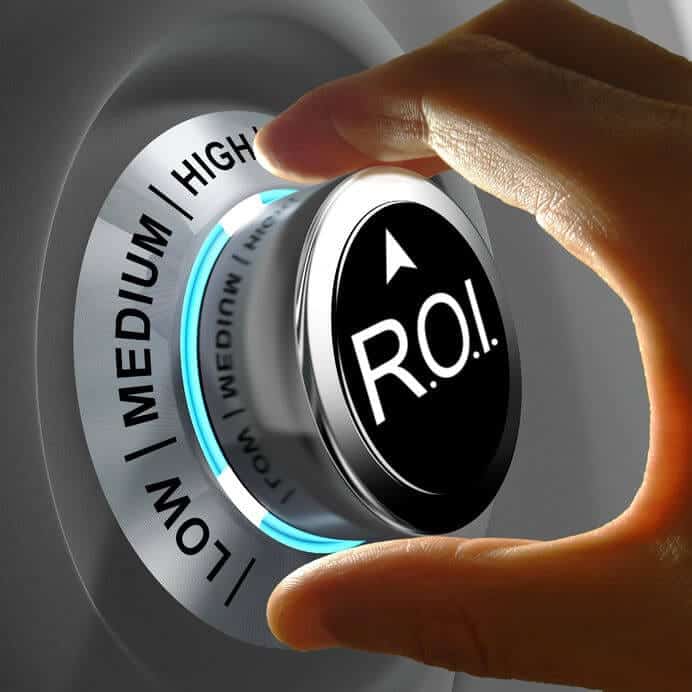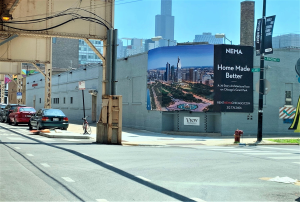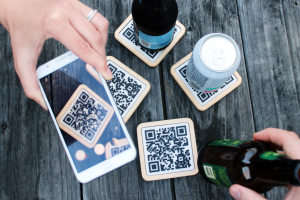The cost of Billboards.
Sometimes, it is difficult to determine the correlation between the cost of a billboard and the subsequent shift in demand.
A Comprehensive Guide to Billboard Advertising Costs by State in the U.S.
Billboard advertising continues to be one of the most effective forms of out-of-home (OOH) advertising, enabling businesses to reach a wide audience. However, billboard ad costs can vary widely depending on the location, with factors such as traffic volume, population density, and regional demand playing a role in pricing. In this blog, we’ll explore how billboard advertising costs differ across various U.S. states, highlighting both high-cost and more affordable regions.
Illinois: Chicago Drives Prices Higher
In Illinois, Chicago is the primary driver of billboard costs, with prices in the city center being significantly higher than in smaller towns or rural areas.
• Average Cost: Billboard rates in Chicago range from $5,000 to $25,000 per month, depending on location and the type of billboard (static vs. digital). In suburban or less populated areas, prices drop to around $1,500 to $4,000 per month.
• Why It’s Expensive: Chicago’s high population density and daily traffic congestion make it a competitive market for advertisers, particularly near popular highways like the I-90 or the Loop.
Nevada: Las Vegas Dominates Costs
In Nevada, Las Vegas is the epicenter of billboard advertising, especially along the famous Las Vegas Strip.
• Average Cost: Billboards along the Strip can cost upwards of $10,000 to $30,000 per month due to the high tourist traffic. In comparison, billboards in rural Nevada can be as low as $1,000 to $3,000 per month.
• Why It’s Expensive: The millions of tourists that flock to Las Vegas each year make this one of the most competitive and high-visibility billboard markets in the U.S.
North Carolina: Affordable, With Growth Potential
North Carolina is an emerging market for billboard advertising, with cities like Charlotte and Raleigh seeing increasing demand as their populations grow.
• Average Cost: In Charlotte, billboard costs typically range from $1,500 to $5,000 per month, while in smaller cities or along rural highways, prices can drop to around $1,000 per month.
• Why It’s Affordable: North Carolina’s rising population is driving demand for billboards, but it remains a relatively affordable market compared to the major metropolitan areas on the coasts.
Alaska: Surprisingly Low Costs
Alaska offers some of the lowest billboard advertising costs in the country, largely due to its low population density and limited demand.
• Average Cost: Billboard prices in Alaska range from $500 to $2,000 per month, depending on the location. Major cities like Anchorage may see prices at the higher end of this range.
• Why It’s Affordable: With fewer residents and tourists than in other states, demand for billboard space is lower, resulting in significantly lower prices.
Conclusion: Selecting the Best State for Billboard Advertising
Billboard advertising costs can differ significantly depending on the state, with elements such as population size, traffic congestion, and local demand impacting pricing. Major metropolitan areas like New York, California, and Florida tend to have higher costs, whereas rural states like Alaska and parts of Texas and North Carolina provide more affordable options.
When organizing your billboard advertising campaign, it’s important to consider not just the cost but also your target audience and potential impressions. While high-traffic locations may come with a higher price tag, they also provide greater visibility and brand awareness, making them a valuable investment for many businesses.
By understanding the differences in billboard advertising costs by location, you can better manage your advertising budget and maximize your return on investment for OOH campaigns.
In the2020 Ad Forecast released by MAGNA, a company that provides strategic investment and media intelligence it is expected that total linear ads (National and Local TV, Radio, Print, and OOH) sales will decline by -12%. OOH, and print media are expected to take a hit of -12% and -25% respectively.
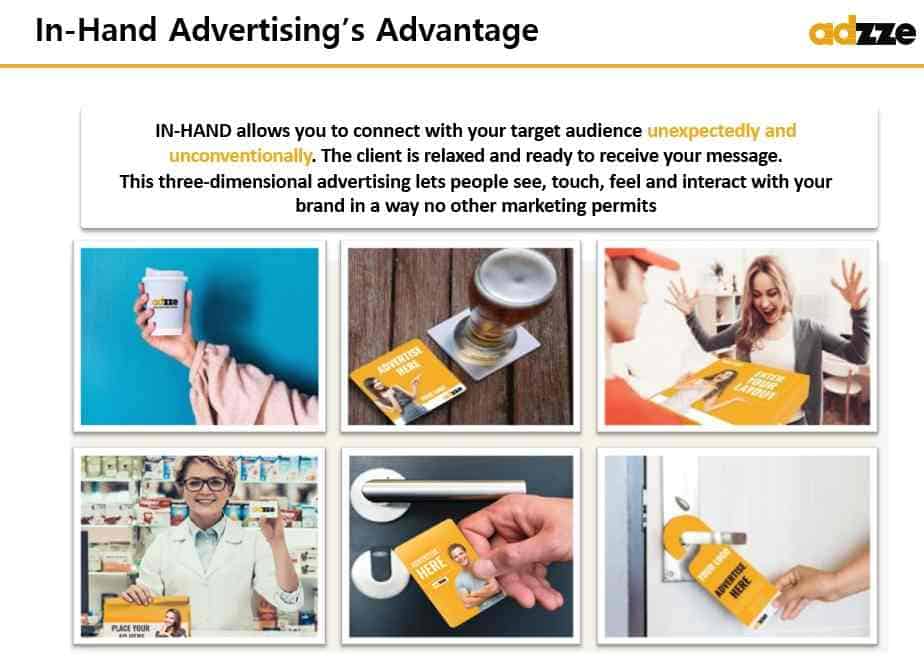
Adzze has been rethinking the advertising tactics adapting to a more sensitive message. The team has been working on extending its capabilities to offer advertising concepts that can reach consumers in their safest place: at home. One of these methods uses pizza boxes as advertising space. Think of this as a small moving billboard that gets delivered to the consumer’s home. Studies demonstrated that this type of ad can evoke an 80% recall rate (8 out of 10 households individuals remember to see an ad on the pizza box) with an average ROI of 150%. This means, that for every 1 dollar the advertiser invested in a pizza box advertising campaign, they received at least an additional 2.5 dollars of sales. For more details, see the article Estimating the ROI of Pizza Box Marketing.
The cost of a billboard advertisement is high
Blank billboards and canceled digital ads across the country and many parts of the globe is a strong pointer to how the coronavirus pandemic sweeping the world today has impacted sign advertising. The devastating effects of the pandemic on human lives could almost be likened to how terribly it has also dealt with businesses around the world. Some out-of-home advertising firms have withdrawn their earnings projections for the year as a result of market uncertainties at the moment. The cost of billboards will become unjustifiable. A good number of businesses that will survive the pandemic will most likely have to struggle to find their footing again. Reports also say that digital ad giants, Facebook and Google have also had their shares of the downturn. Even Coca-Cola has soft-pedaled its marketing drives.
When it comes to billboard advertisements, one thing is clear. The pricing of the billboard is high throughout the US and worldwide. On average, a business spends not less than $15,000 on digital billboards in inexpensive US cities like New York. In small to medium towns, the average cost of advertising via billboards ranges from $1,500 to $4,000. Now that is a lot of money, especially for a small company.
On the contrary, alternative advertising techniques like in-the-hand marketing are very cheap and more effective. For instance, $15,000 can place ads on over 65,000 pizza boxes. These pizza boxes can cover over 32 different locations in a city. Interestingly, you will be lucky to generate 100,000 with a billboard in a city like New York per month. In contrast, pizza boxes go in the hands of the target customers.
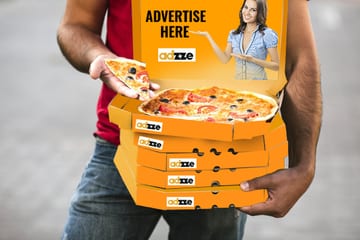
Ads on pizza boxes get delivered at the consumer’s home

